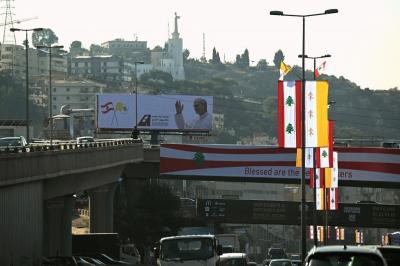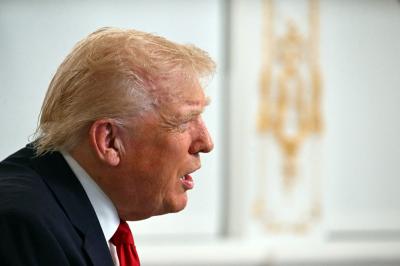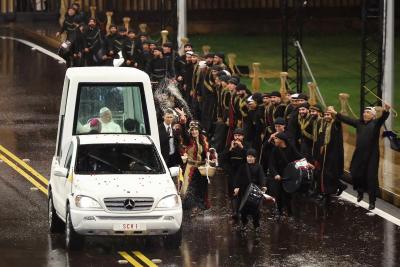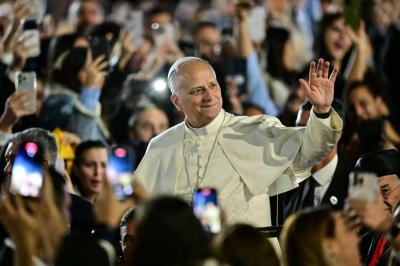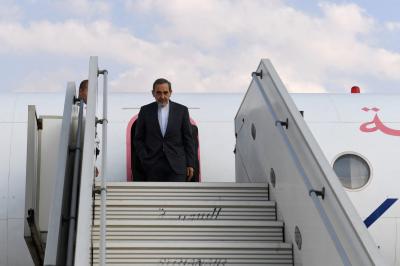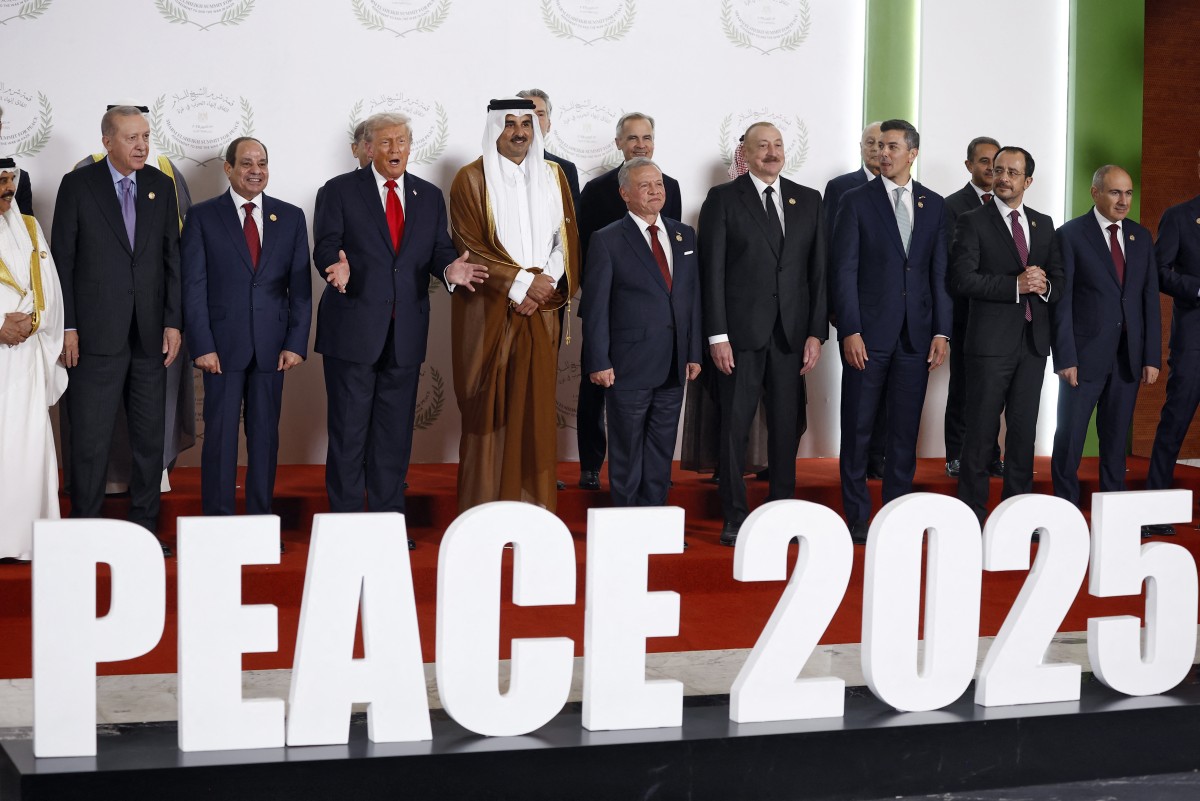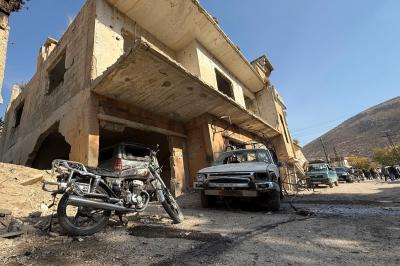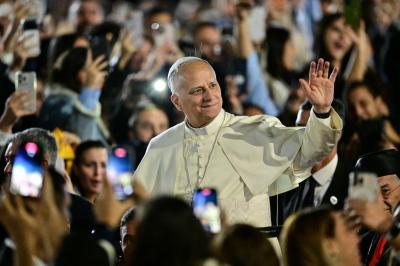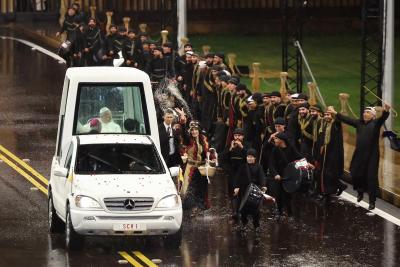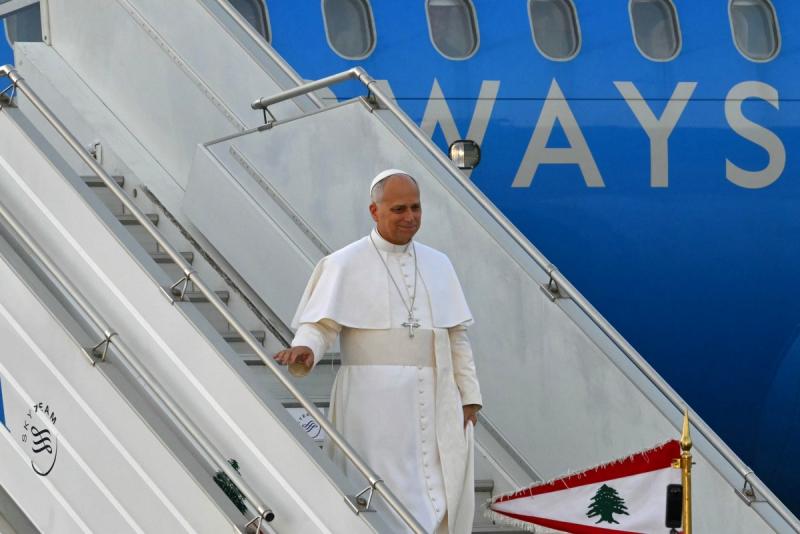The Middle East today reaffirms a long recurring truth in History: there are no eternal enmities, nor endless wars, and outcomes are not determined by justice but by the balance of power. Within this context, the Arab train of peace with Israel, which set off from Camp David in 1978, stopped at Oslo and Wadi Araba, passed through trade ties with Qatar, and formalized agreements with Bahrain and the UAE—now appears to be nearing its final station. The year 2026 could very well mark the end of the historic Arab–Israeli conflict.
Lebanon’s official position recognizes this reality, and the majority of its population shares it—save for the supporters of the Shiite duo and a small minority still clinging to the remnants of Nasserism, Baathism, and Syrian nationalism. Evidence of this shift can be seen in the stances of most parliamentary blocs, which reflect the will of their voters, as well as in the absence of mass protests. Unlike in the days of Gamal Abdel Nasser, Yasser Arafat, or even the March 8 “Thank You Syria” rally, Beirut has not witnessed cross-sectarian demonstrations rejecting the emerging Middle Eastern reality.
Coinciding with the pivotal October 13, 2025 event—the end of the Gaza war under U.S. President Donald Trump’s proposal—Trump was moving between the Israeli Knesset and Sharm el-Sheikh, which hosted the Gaza peace conference, sketching the roadmap for the next phase. At the same time, Lebanon’s President, General Joseph Aoun, declared before the Economic Media Association his country’s intention to engage in the region’s “conflict resolution” process, insisting: “We cannot remain outside it.” He stressed that negotiations are moving toward establishing peace and stability, results are already visible, and that “through dialogue and negotiation, solutions can be reached.” He added firmly: “Lebanon can no longer endure more wars, destruction, killings, and displacement.”
In a preemptive move to deflect accusations of treason simply for suggesting talks with Israel, Aoun recalled that Lebanon had already negotiated with Israel under U.S. and UN auspices, resulting in the maritime border demarcation agreement. “So why,” he asked, “should the same not happen again to resolve outstanding disputes, especially since war has produced no results?” Between the lines, the message was clear: Hezbollah’s war has yielded nothing, and it was a reminder of the decade-long negotiations conducted by Hezbollah’s “big brother,” Speaker Nabih Berri, before President Michel Aoun was called to take the official spotlight.
Naturally, the President condemned Israel’s violations and attacks, expressing hope that military operations against Lebanon would cease and negotiations could begin, warning that “this regional path should not be obstructed.” But he posed the critical question: if Israel halts its aggression, withdraws from Lebanese territory, and releases detainees—thus creating a conducive climate for talks—what would Hezbollah do?
This is the dilemma “Hezbollah” faces. Its approach to Israel is not political but ideological and religious. Following Imam Khomeini’s doctrine, it sees Israel as a “cancerous tumor” that must be eradicated—an idea upon which its entire identity is built. The existence of a Jewish state in the region directly contradicts Hezbollah’s ultimate project: the establishment of an Islamic republic governed by Sharia. Any peace with Israel, therefore, creates an existential crisis for the party, stripping it of one of its core justifications for existence.
Back in 2002, Lebanon endorsed the Arab Peace Initiative launched by Saudi King Abdullah at the Beirut Arab Summit, centered on the two-state solution. This was under President Emile Lahoud, one of Hezbollah’s closest allies, and with the participation of Syrian President Bashar al-Assad, both of whom supported the initiative. This forced “Hezbollah” to refrain from openly criticizing it—so as not to embarrass Assad or Lahoud—resorting instead to questioning Israel’s intentions and highlighting its historical ambitions, while banking on obstacles to peace and the ability of the “axis of resistance” to derail it. Nor did the leaders of “Al-Aqsa Flood” conceal that the October 7 attack was, at its core, a tool to derail the Arab—and specifically Saudi—negotiation track with Israel.
Today, however, the hour of reckoning has arrived. There is no longer an axis capable of blocking peace, nor can “Hezbollah” dictate the domestic rhythm. For the first time, Lebanon’s official stance is this clear, public sentiment is this open, and international pressure is this overwhelming.
The question now is whether “Hezbollah” will rise internally against this trajectory, or flee forward like Hamas—clinging to its weapons until it collapses, and eventually “throws in the towel” after claiming to safeguard lives and protect what little remains. Between ideology and political realism, between obstinacy and the balance of power, “Hezbollah” finds itself in an unenviable position. It is facing a decisive, existential choice.
Please post your comments on:
[email protected]
 Politics
Politics
